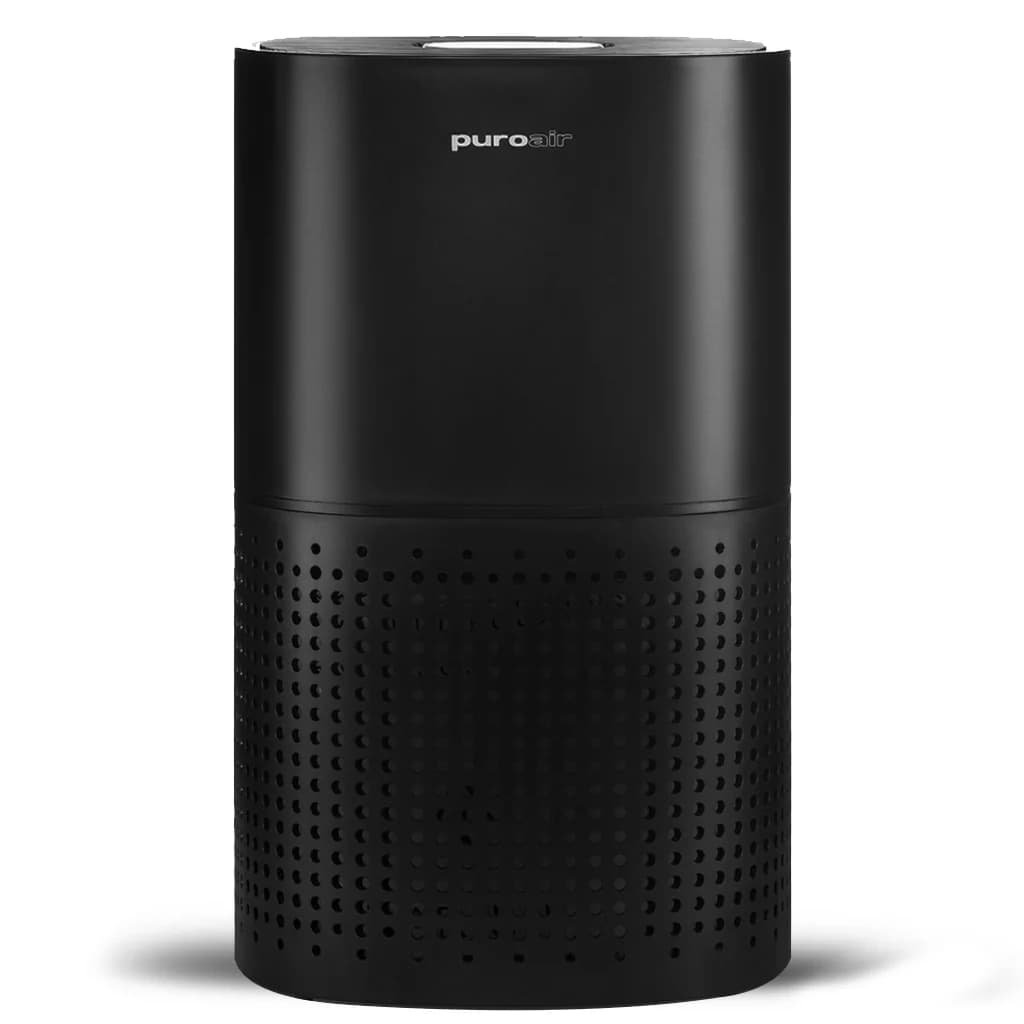A Look into the Latest Lens Technology in the Eyewear Industry

Sight is critical to making sense of and connecting with the world around you. Unfortunately, more than 2.2 billion people worldwide experience vision impairment from conditions like refractive errors, cataracts, and glaucoma. As these eye conditions lead to financial burdens and poor quality of life, eye care strategies must move beyond individual responsibility and public health action.
The eyewear industry must take on the pivotal role of innovating and revolutionising eyeglasses, sunglasses, and contact lenses for better vision care. Indeed, over the years, we’ve seen glasses with lights, glasses with pockets and most recently, glasses that connect to the internet.
The innovation in eyewear never stops, and with this in mind, here are the exciting advancements in lens research and technology—with the potential to help people around the world improve their eyesight and overall well-being.
Self-moisturising contacts to prevent dry eye
Since their first introduction into the market in the 1990s, disposable contact lenses have become affordable and reliable eye care for refractive errors. However, regular contact wearers typically encounter symptoms of dry eyes, as the lenses can soak up natural tears and partially limit oxygen flow to the eye.
While it’s common to use eye drops, gels, or lubricants to rehydrate the eyes, a research team from the Terasaki Institute for Biomedical Innovation (TIBI) has developed a contact lens prototype that integrates smooth microchannels to facilitate tear flow and movement. Further tests involving animals and patients are still necessary, but this prototype already offers a potential solution for combatting dry eye syndrome since the microchannels’ mechanism of action is through normal eye blinking.
Blue light protection
The dangers of blue light are becoming more apparent as people increasingly work on computer screens. That’s led to a rise in blue light glasses, designed to protect your eyes from the potentially harmful effects of blue light emitted by digital screens, LED lighting, and the sun. These glasses are equipped with lenses that feature a coating to filter out a portion of the high-energy blue light, which has been linked to digital eye strain, disrupted sleep patterns, and retinal damage.
Blue light lenses work by employing that special coating that selectively blocks or absorbs blue light while allowing other visible light to pass through. This coating can be added to prescription eyeglasses, reading glasses, or even non-prescription eyewear. By reducing the amount of blue light entering your eyes, these lenses help alleviate eye strain, improve visual comfort during prolonged screen use, and minimise the potential for long-term eye damage.
Myopia control through diffusion optics
Myopia is caused by a form of retinal detachment that interferes with the ability to focus on objects from a distance but can, fortunately, be corrected by eyeglasses. One significant advancement in the realm of myopia control through spectacles, then, is diffusion optics technology (DOT).
DOT integrates thousands of light-scattering elements to reduce contrast on the retina, thus preventing or slowing the progression of myopia among children. In partnership with Nikon Lenswear, SightGlass Vision is releasing spectacles with DOT, characterised by a clear aperture in the middle of the lenses. These spectacle lenses are currently available in China, the Netherlands, and Israel, as well as via preliminary market trials elsewhere.
Smart contact lenses for drug delivery
When talking about smart eyewear, most people usually think about hands-free smart glasses enabled by voice control. But contact lenses are also coming out with smart features, one of which is ocular drug delivery through a double-layered surface.
The first layer has small, sandwich-like sensors to detect a change in fluid pressures in the eyes, which then signals the automatic delivery of the drug from the second hydrogel layer to the cornea. Since it is minimally invasive and responds to various pressure changes throughout the day, this technology can be used to treat glaucoma patients with drugs like brimonidine.
While some of these ideas are yet to be available globally, they signify positive changes in lens development and the larger eyewear industry. With hopes of continuing to make lenses and, by extension, eyewear more innovative and accessible, changing vision needs among populations can better be addressed and remedied.

